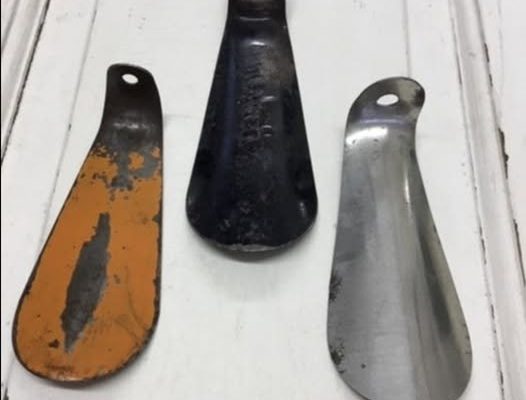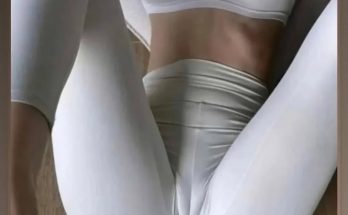
The history of shoe horns is extensive, dating back to the 15th century. Originally, these tools were crafted by artisans using materials such as animal horn, bone, or wood, which were readily available at the time. Their main function was to aid individuals in slipping their feet into shoes without causing damage to the heel. The craftsmanship of early shoe horns was characterized by a focus on durability and practicality, reflecting the needs of that era.
As time progressed, the design and materials of shoe horns underwent significant changes. The industrial revolution introduced metals like brass and steel, enhancing the strength and durability of these tools. In the 19th and 20th centuries, the emergence of plastic and synthetic materials made shoe horns more affordable and widely available. Some shoe horns were even crafted from silver and featured intricate designs, elevating them from mere tools to decorative items. These ornate versions were often favored by the upper classes, showcasing the aesthetic preferences and technological advancements of their times.
The primary purpose of a shoe horn is to facilitate the process of putting on shoes without bending or damaging the heel counter. By utilizing a shoe horn, individuals can easily slide their feet into their shoes, preserving the shoe’s shape and prolonging its lifespan. This tool is particularly advantageous for shoes with stiff or narrow openings, where inserting the foot can prove difficult.
Shoe horns are available in a variety of designs to meet diverse needs. Compact, hand-held versions are convenient for travel, while long-handled models are especially beneficial for those with limited mobility or difficulty bending down. These longer variants enable users to don their shoes while standing, offering both comfort and ease of use.



